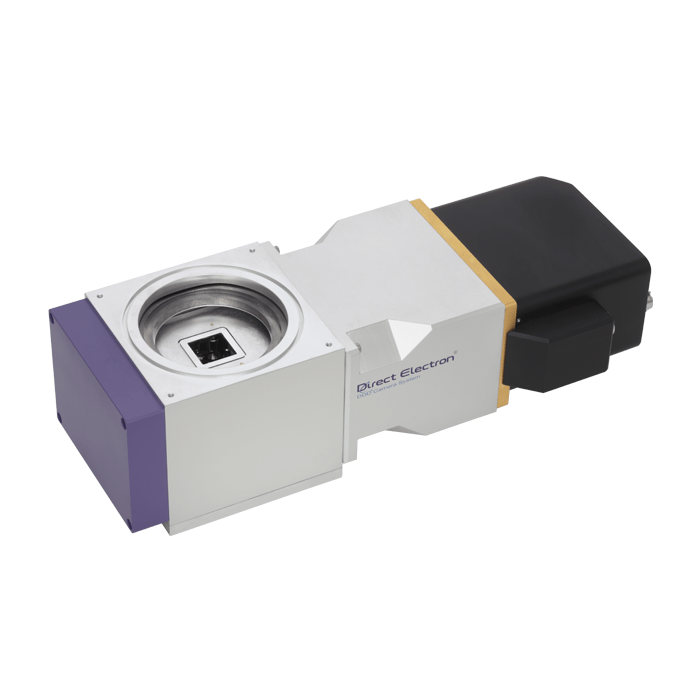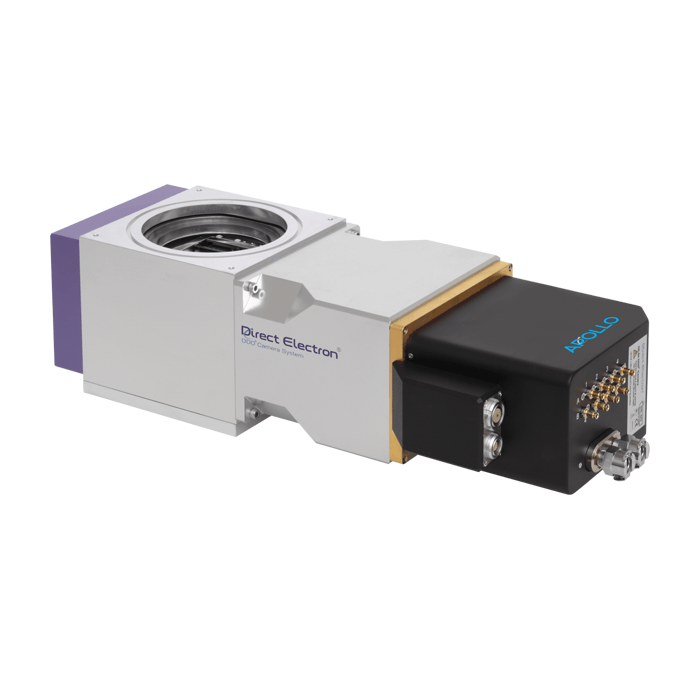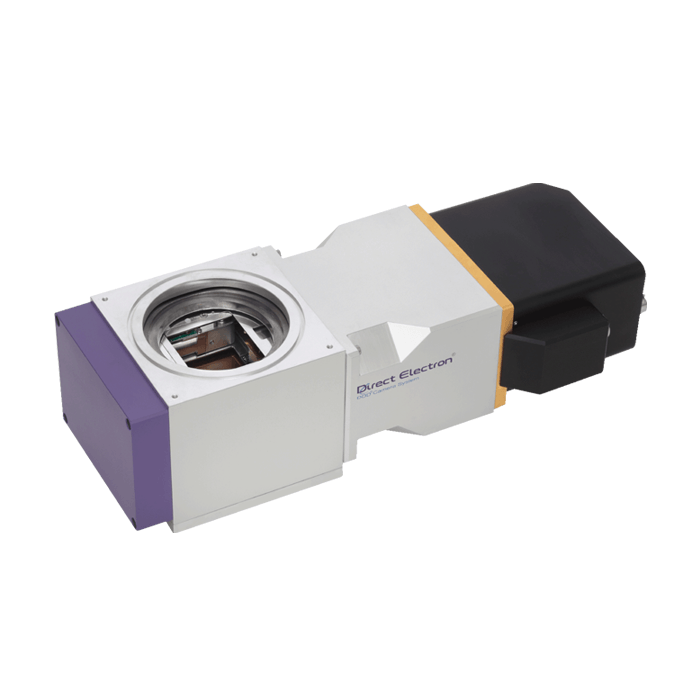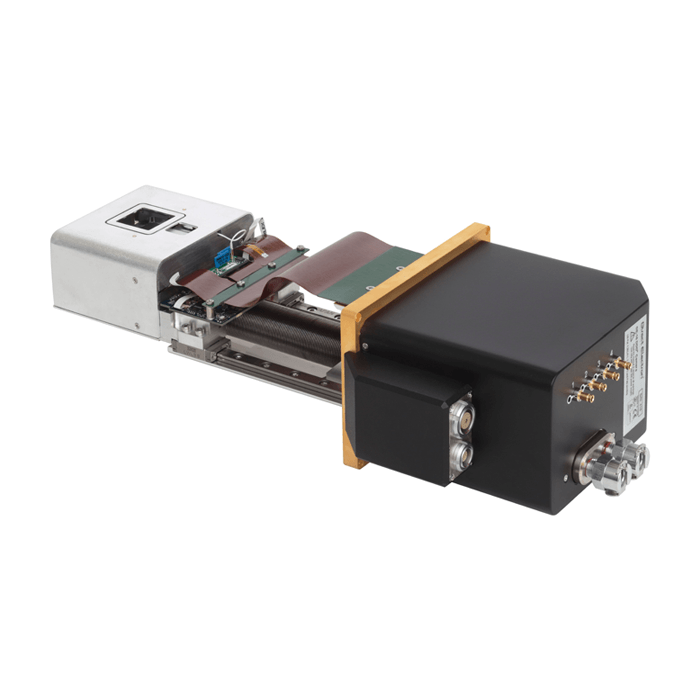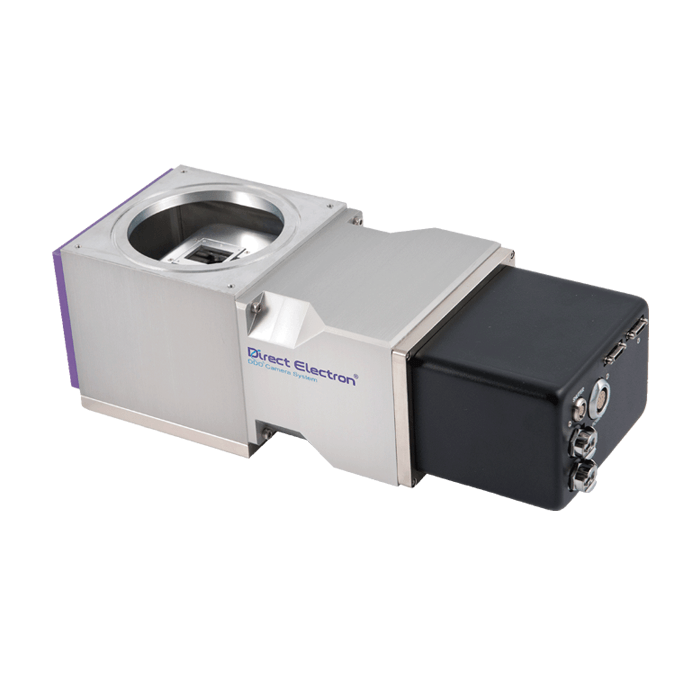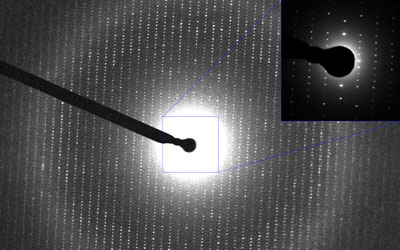
Direct Electron are pioneers in the field of direct electron detection cameras for TEMs. Their next generation cameras feature in-house developed Direct Detection Device (DDD®) technology that was developed in conjunction with the University of California San Diego (UCSD).
With well over 10 years experience in designing and building high performance TEM cameras, Direct Electron are leaders in their field and best places to be able to supply you with a camera upgrade for your TEM. They offer the world’s only 8k x 8k camera and have systems suitable for materials science, life science and any other demanding application you can think of.
Offering the ultimate in resolution, sensitivity and the largest available field-of-view, the Direct Electron range of TEM cameras enable you to collect high quality data faster and optimise the optical performance of your TEM.
The following video explains the technology and benefits to users.
Direct Detection Technology
As the name suggests, direct detection TEM cameras DDD cameras directly detect image forming electrons. In contrast, more traditional CCD cameras use a scintillator to convert these same electrons into photons that can be measured by an image sensor. This process results in an increase of the signal to noise ratio and a decrease in the sensitivity when compared to DDD cameras.
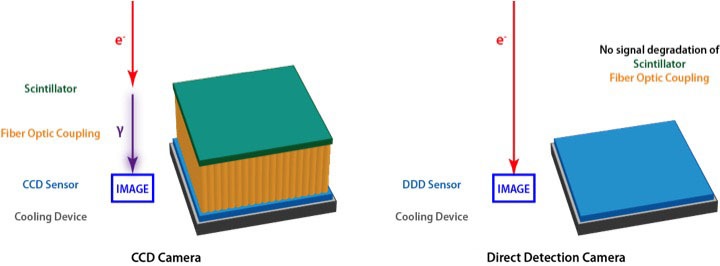
Advantages of Direction Detection Device Technology
- The extremely thin sensing layer minimizes lateral charge spread, resulting in higher resolution. CCDs in comparison use fibre optics or optical lenses that induce relatively more distortion
- DDD cameras feature high frame rates and no dead time. The high frame rate can be used for motion correction, damage compensation and other image processing techniques as well as being ideally suited to dynamic, in situ experiments

